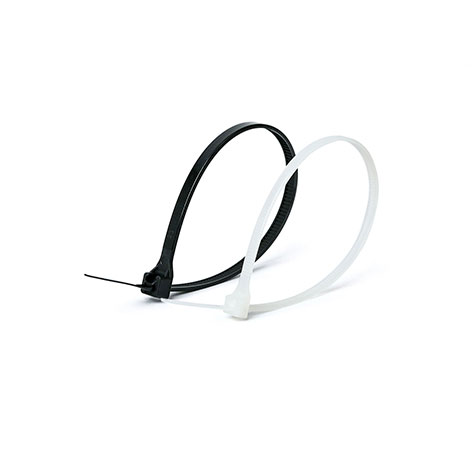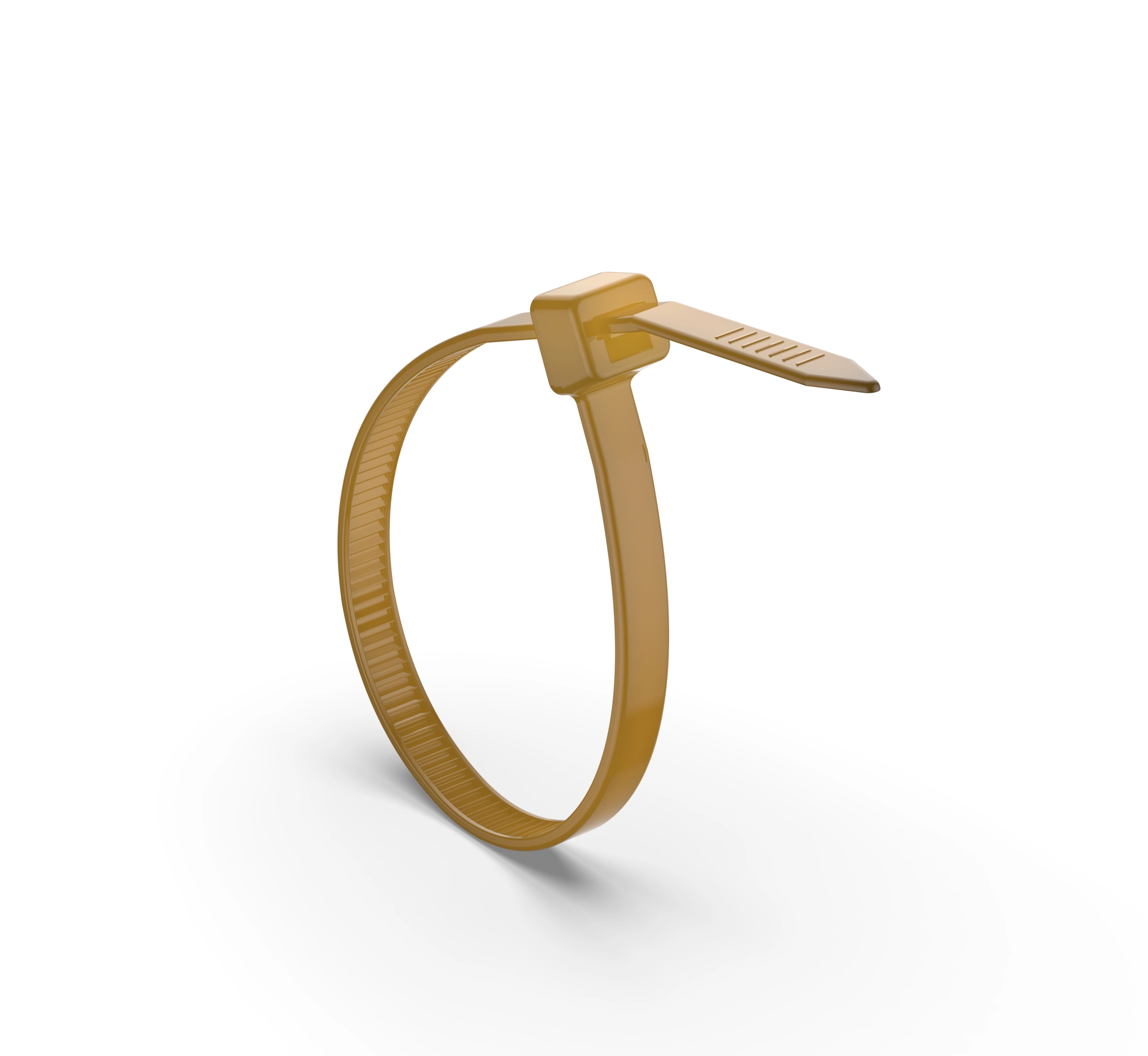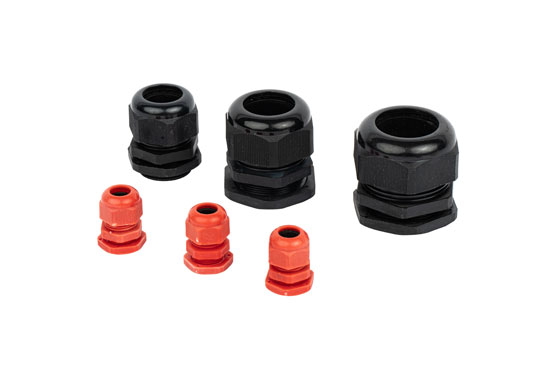Tel
0577-62795555
Tel
0577-62795555
Aviation cable ties are an essential part of aircraft maintenance and safety, ensuring the proper organization and secure fastening of cables. However, not all cable ties are created equal. In this blog, we will explore the factors to consider when choosing the right aviation cable ties to enhance safety, performance, and reliability within the aviation industry.
When it comes to aviation cable ties, quality and durability are paramount. Cable ties are exposed to various environmental conditions, including temperature fluctuations, humidity, and potential exposure to chemicals. Opting for cable ties made from high-quality materials ensures that they can withstand these challenges without degradation, ensuring long-lasting performance and reducing the need for frequent replacements. In aviation, fire safety is a top priority. Choosing cable ties with fire-resistant properties adds an extra layer of protection to the aircraft's wiring systems. Fire-resistant cable ties are designed to resist ignition and slow down the spread of flames, potentially averting a disaster and providing crucial time for passengers and crew to respond in case of an emergency.
Aircraft are exposed to a wide range of temperatures and conditions, from freezing altitudes to scorching tarmacs. Cable ties used in aviation must be able to withstand extreme temperatures without becoming brittle or losing their integrity. Additionally, some areas of an aircraft might be exposed to chemicals, oils, or fluids. Choosing cable ties with chemical resistance ensures that they won't degrade or weaken when in contact with these substances.

Certain areas within an aircraft, such as engines or exhaust systems, experience high temperatures. Using standard cable ties in these areas could lead to premature failure due to melting or weakening. Specialty high-temperature cable ties are designed to withstand these extreme heat conditions, maintaining their structural integrity and ensuring the cables remain securely fastened. Avionics and communication systems within an aircraft are sensitive to electromagnetic interference (EMI). EMI-resistant cable ties are engineered to minimize the impact of electromagnetic fields on sensitive equipment. These specialized ties help ensure that communication and navigation systems operate without disruptions, contributing to the overall safety and performance of the aircraft.
Efficiency in aviation maintenance is crucial. Cable ties that are easy to install save valuable time and resources during maintenance procedures. Quick and secure installation reduces the chances of errors and ensures that cables are properly fastened and organized. While aviation cable ties are designed for durability, they are not immune to wear and tear over time. Regularly scheduled cable tie replacement as part of maintenance protocols helps prevent potential failures and ensures that the aircraft's wiring systems remain secure and reliable.
Aviation cable ties might seem like a minor detail, but their impact on flight safety, reliability, and performance is undeniable. When choosing cable ties for aviation applications, considerations such as material quality, fire resistance, environmental conditions, and specialty needs play a crucial role. By selecting the right cable ties and adhering to proper installation and maintenance practices, aviation professionals contribute to the overall safety and efficiency of aircraft operations, safeguarding both passengers and crew.



